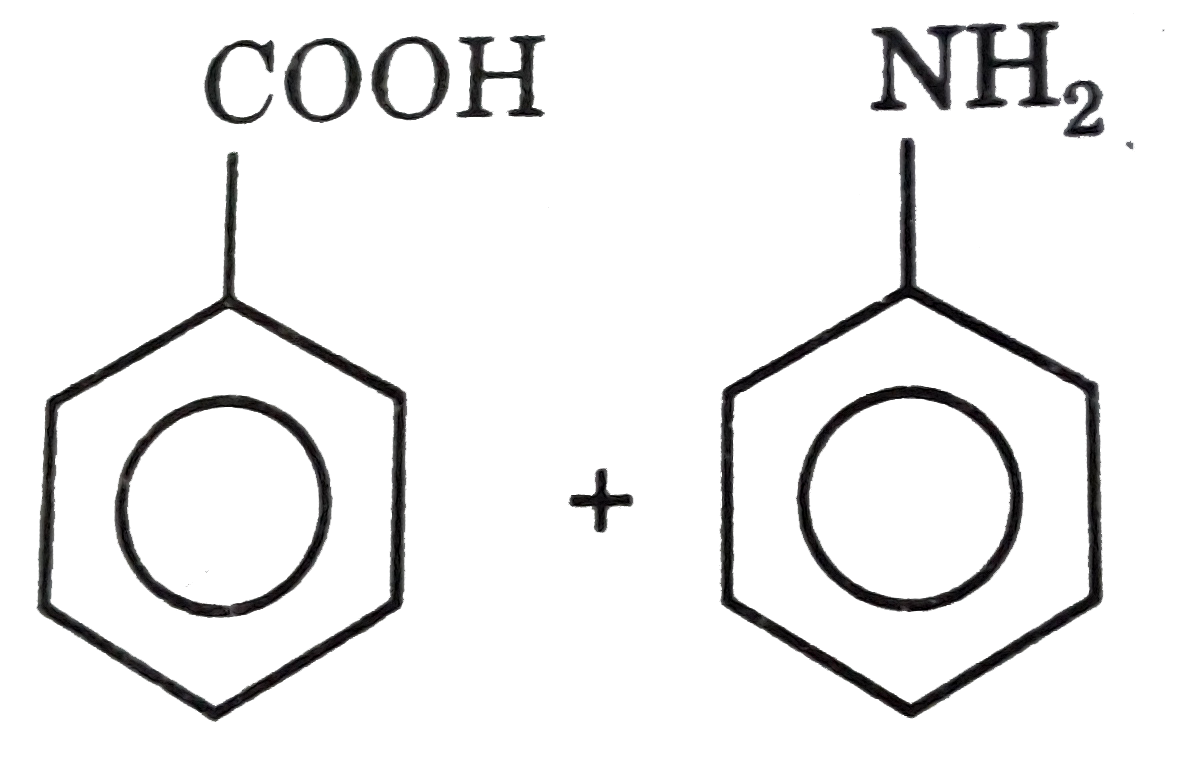Which of the following ions or compounds in a solution tend to produce an acidic ,a base or a neutral solution ?
(a)C2H5O−,(b)Cu2−(c)SO2−3(d)F−(e)NH+4
CH3COOHNa(g)KNO3(h)NaOCl(i)Na2CO3,(j)ZnCl2
(a) C2H5O−+H2O⇒C2H5OH+OH−(Basic solution)
(b)Cu+2+2H2O⇔Cu(OH)2⏐⏐↓+2H+(Acidic solution)
(c)SO2−3+H2O⇔HSO−3+OH−(Basic solution)
(d)F−+H2O⇔HF+OH−(Basic solution)
(e)NH−4+H2O⇔NH4OH+H+(Acidic solution)
(f)CH3COONa+H2O⇔CH3COOH+Na++OH−.(Basic Solution)
(g)KNO3+H2O⇔K++NO−3+H2O.(Neutral solution)
(h)NaOCl+H2O⇔HOCl+Na++OH−.(Basic solution)
(i)Na2CO3+H2O⇔HCO−3+2Na++OH−.(Basic solution)
(j) ZnCl2+2H2O⇔Zn(OH)2⏐↓+2Cl−+2H+.(Acidic solution)
Topper's Solved these Questions
- IONIC EQUILIBRIUMBOOK - RESONANCECHAPTER - IONIC EQUILIBRIUMEXERCISE - Part -II (only one option correct type)
42 Videos
- IONIC EQUILIBRIUMBOOK - RESONANCECHAPTER - IONIC EQUILIBRIUMEXERCISE - Exercise 2 part I only one correct type
10 Videos
- IONIC EQUILIBRIUMBOOK - RESONANCECHAPTER - IONIC EQUILIBRIUMEXERCISE - Board Level Exercise
18 Videos
- HYDROCARBONBOOK - RESONANCECHAPTER - HYDROCARBONEXERCISE - ORGANIC CHEMISTRY(Hydrocarbon)
50 Videos
- IUPAC NOMENCLATURE & STRUCTURAL ISOMERISM BOOK - RESONANCECHAPTER - IUPAC NOMENCLATURE & STRUCTURAL ISOMERISM EXERCISE - Advanced Level Problems Part-5
2 Videos
Similar Questions
Which of the following ions in solution would tend to produce an acidic, a basic or a neutral solution?
C2H3O−2,Na+,NH+4,F−
View SolutionWhich of the following ions or compounds in a solutions tends to produe an acidic, a basic, or a neutral solution.
a. i. C2H3OΘ2 ii. Na⊕ iii. So2−3 iv. FΘ v. NH⊕4
b. i. CH3COONa ii. ZnCI2 iii. KNO3 iv. NH4CI
c. i. NaCN ii. K2CO3 iii. H3PO4 iv. NaF
d. i. NH4NO3 ii. Ba2CO3 iii. NaHSO4 iv. NaOCI v. HOCI vi. AI(NO3)3
View SolutionWhich of the following ions or compounds in a solutions tends to produe an acidic, a basic, or a neutral solution.
a. i. C2H3OΘ2 ii. Na⊕ iii. So2−3 iv. FΘ v. NH⊕4
b. i. CH3COONa ii. ZnCI2 iii. KNO3 iv. NH4CI
c. i. NaCN ii. K2CO3 iii. H3PO4 iv. NaF
d. i. NH4NO3 ii. Ba2CO3 iii. NaHSO4 iv. NaOCI v. HOCI vi. AI(NO3)3
View SolutionWhich of the following pair of solutions does not form a buffer solution?
(A) NaH2PO4 and Na2HPO4
(B) H2CO3 and NaHCO3
(C) NH4OH and NH4Cl (D) KOH and K2SO4
View SolutionChoose the member of each of the following pairs of compounds that is likely to be the weaker base.
(a). H2O or H3O+
(b). Cl−,SH−
(c) F−,OH−,NH−3,CH−3
(d) HF,H2O,NH3
(e) OH−,SH−,SeH−.
View SolutionChoose the member of each of the following pairs of compounds that is likely to be the weaker base.
(a). H2O or H3O+
(b). Cl−,SH−
(c) F−,OH−,NH−3,CH−3
(d) HF,H2O,NH3
(e) OH−,SH−,SeH−.
View SolutionCount the number of pairs which may act as a buffer solution when present in a given solution
(a) CH3COOH+NaOH (b)
(c) NH4CI+HNO3 (d) HCIO4+KCIO4
(e) H3PO4+NaOH (f) H3PO3+NaOH
(g) NaHCO3+Na2CO3 (h) H2SO4+Na2SO4
(i) CH3COONa+HCI
(j)
View SolutionWrite the names of the following compounds :
(a) (NH4)2SO4 (b) Ca(NO3)2
(c ) FeS (d) Na3PO4
(e ) NH4OH (f) CuCO3
(e ) NH4OH (h) ZnCl2
(g) HgO (h) ZnCl2
(i) ZnS (j) H2S
View Solutionwhich one of the following reaction is not associated with the solvay process of manufacture of Na2CO3? (A) NaCl+NH4HCO3→ NaHCO3+NH4Cl
(B) 2NaOH+CO2 → Na2CO3+H2O
(C) 2NaHCO3→ Na2CO3+H2O+CO2
(D) NH3+H2CO3 → NH4HCO3
View SolutionHow many of the following compounds splitting energy (Δ) is greater than pairing energy (P) ?
(a)Fe(Co)5, (b)[Co(H2O)6]3+
(c)[Mn(NH3)6]2+, (d)[Ir(H2O)6]3+
(e)Na2[Fe(CN)5NO], (f)[Ni(CO)4],
(g)[PtCl4]2− (h)[Co(H2O)3F3]
View Solution
